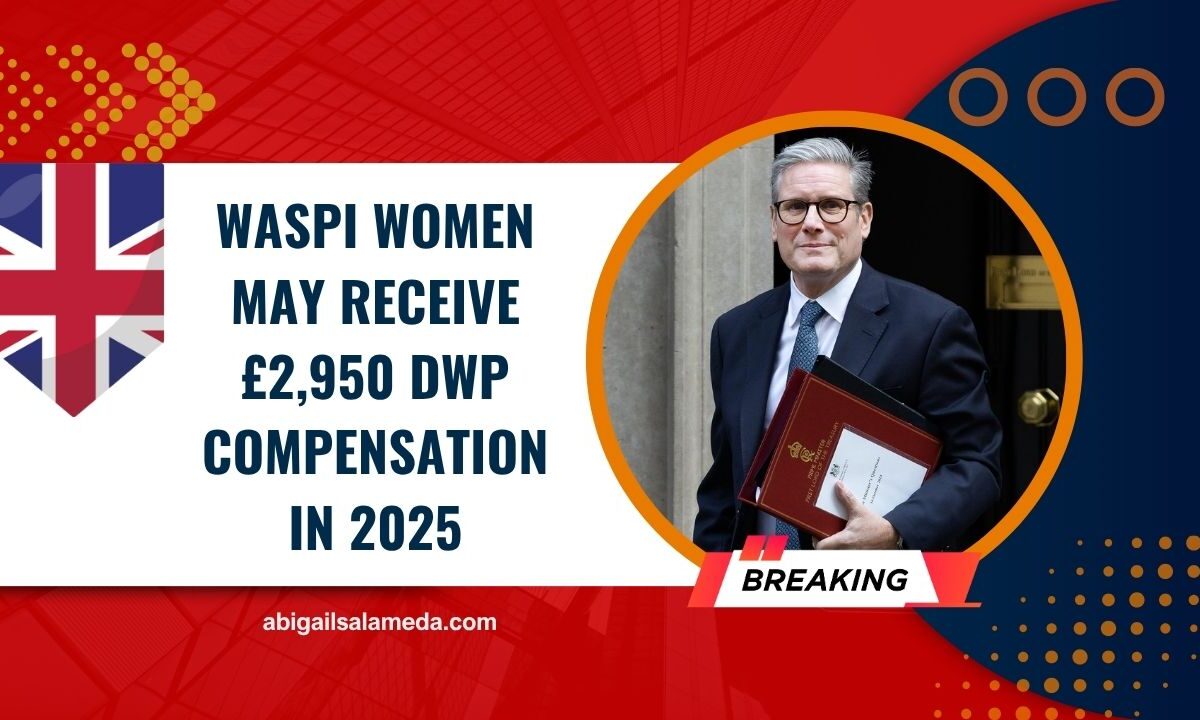Millions of women across the UK may soon receive £2,950 in compensation after years of campaigning against changes to the State Pension age.
The Women Against State Pension Inequality (WASPI) movement has been fighting for justice, and now a significant recommendation by the Parliamentary and Health Service Ombudsman (PHSO) may finally lead to payouts.
This article breaks down the latest update, including eligibility, current legal standing, campaign status, and what you can do next to stay informed or support the initiative.
Who Could Get the £2,950 WASPI Compensation?
The payment is intended for women born between 1950 and 1960, who were impacted by the State Pension age being raised from 60 to 66.
These changes, passed through the 1995 and 2011 Pensions Acts, were introduced too quickly and without proper notification, leaving many women unprepared for retirement.
Why Is the Compensation Being Offered?
The PHSO investigated the Department for Work and Pensions (DWP) and found clear evidence of maladministration—mainly poor communication that left millions without time to plan for financial changes.
The result was emotional distress and financial hardship for many women who had to delay retirement or drain savings to cope.
Key Details of the WASPI Compensation Proposal
| Key Detail | Description |
|---|---|
| Compensation Amount | £2,950 per eligible woman (tax-free) |
| Target Group | Women born between 1950–1960 impacted by pension age increase |
| Legal Status | Awaiting cost-capping hearing and possible court ruling |
| DWP Position | Acknowledged delay in communication, but rejects financial compensation |
| Campaign Funding Goal | £230,000 needed via CrowdJustice to cover legal costs |
Understanding the WASPI Campaign
The WASPI movement began to push back against pension changes that disproportionately impacted women born in the 1950s.
With nearly 3.8 million women affected, the campaign argues that lack of notification led to significant financial and emotional distress.
Key WASPI Objectives:
- Recognition of DWP’s communication failure
- Compensation for financial losses and distress
- Legal pressure to force a government response
- Public awareness to gain national support
Why £2,950? Is It Enough?
The £2,950 figure is based on the Level 4 scale of the Ombudsman’s financial remedy framework.
This level is typically used to acknowledge serious inconvenience, worry, or distress, though many campaigners argue the figure doesn’t fully cover losses suffered by affected women.
Still, for many, the recommendation is a symbolic victory—proof that the system failed and now must be corrected.
Where the Legal Battle Stands
The DWP has not yet agreed to make the payments. The issue is moving toward judicial review, and campaigners are currently raising funds—£230,000 through CrowdJustice—to challenge the government’s response in court.
Until a formal ruling or legislative approval is secured, this payment is not guaranteed—but momentum is building.
What Should You Do Now?
- Check your birthdate: If you were born between 1950–1960, you could be eligible.
- Stay informed: Watch for government updates or legal announcements in 2025.
- Support the campaign: Donations to CrowdJustice help cover legal expenses pushing the case forward.
The potential £2,950 compensation for WASPI women marks a major turning point in the fight for pension justice in the UK.
While not yet confirmed, the strong recommendation from the PHSO, along with ongoing legal action, gives real hope to millions.
If you or someone you know was affected, now is the time to prepare, stay informed, and be part of this historic movement toward recognition and restitution.
FAQs
Who is eligible for the £2,950 WASPI compensation?
Women born between 1950 and 1960, who were affected by the rise in State Pension age without adequate notice, are eligible.
Is the £2,950 payment confirmed by the government?
Not yet. It has been recommended by the PHSO, but requires government approval or legal enforcement.
Is the £2,950 taxable?
No, if approved, the compensation would be a tax-free lump sum payment per eligible woman.




